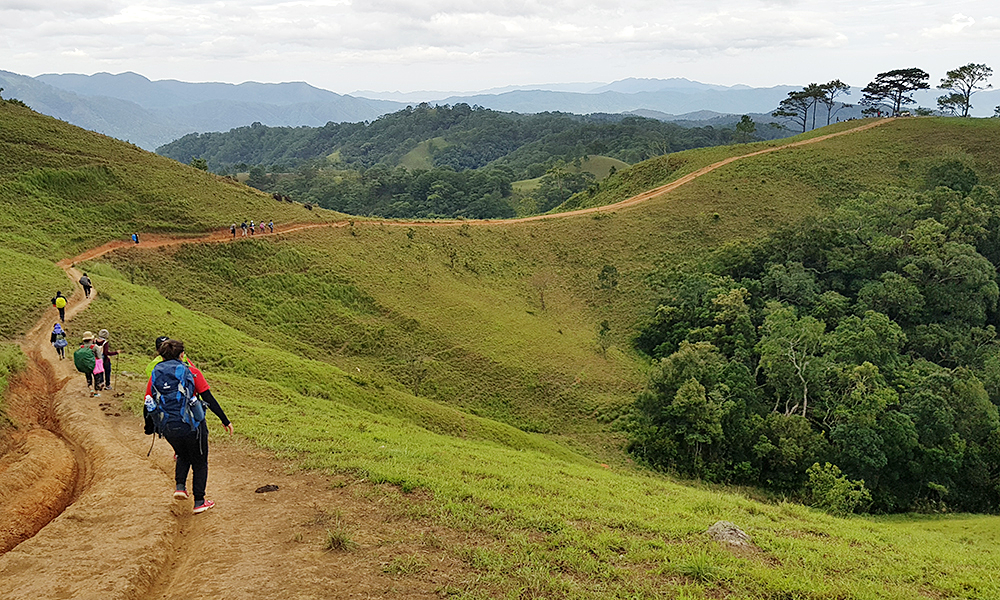
Vietnam is a haven for trekkers. Far removed from the hustle and bustle of big cities, an array of paths, peaks, and unspoiled landscapes await discovery.
No matter if you choose to climb Fanxipan Mountain, discover the rice paddies and nearby hamlets, or venture into the globe's largest caverns in Phong Nha, an impressive array of outdoor activities awaits you.
A lesser-known gem for nature lovers in Vietnam can be found in the southern part of the country. While this area might lack the dramatic karst limestone scenery prominent in northern regions or the lush forests characteristic of central Vietnam, there are numerous hidden hiking trails scattered throughout the mostly flat terrain surrounding Ho Chi Minh City.
Black Virgin Mountain (Ba Den)
Let’s begin with the tallest summit in southern Vietnam, Ba Den or Black Virgin Mountain located in Tay Ninh Province.
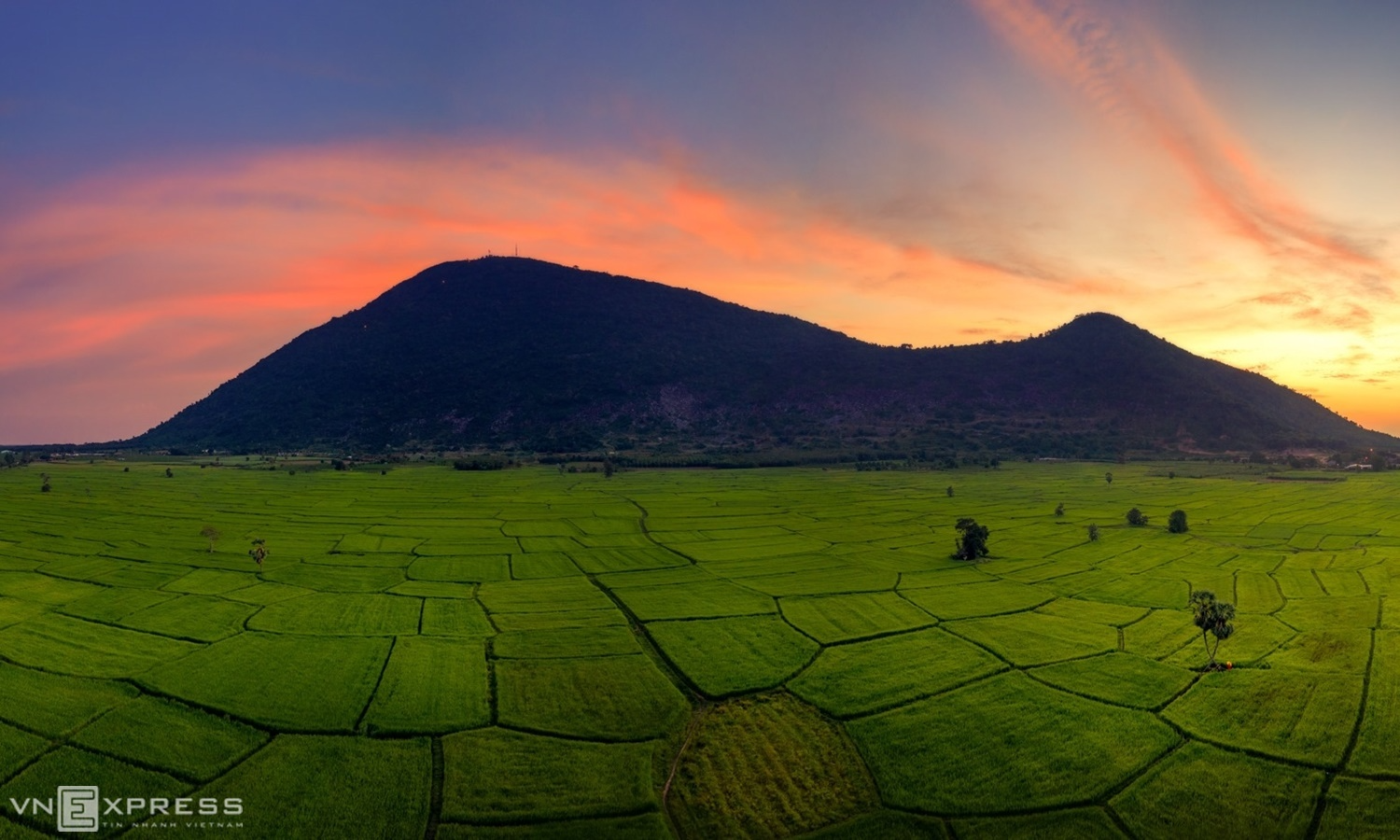
|
|
Next to the rice paddies lies Ba Den Mountain in Tay Ninh Province. The image was captured by Nguyen Tan Tuan. |
The extinct volcano's summit may only be 996 m above sea level, yet it presents a challenging, rewarding hike for those who opt to ascend on foot, rather than the cable car that is available. The most popular route for hikers begins near Martyrs' Monument and follows power lines that guide explorers as they make their way up the rocky trail. Despite the considerably lower elevation compared to the mountains in Lai Chau or Lai Cao in northern Vietnam, there are different challenges, such as the little shade available and absence of food/drink/rest stations on the way up.
Even so, individuals who find the hike too strenuous have the option to descend using the cable car rather than walking back down. For those who decide to walk both up and down, they might encounter some treacherous slick stones and could potentially see poisonous snakes or vibrant geckos native to the region.
Chua Chan
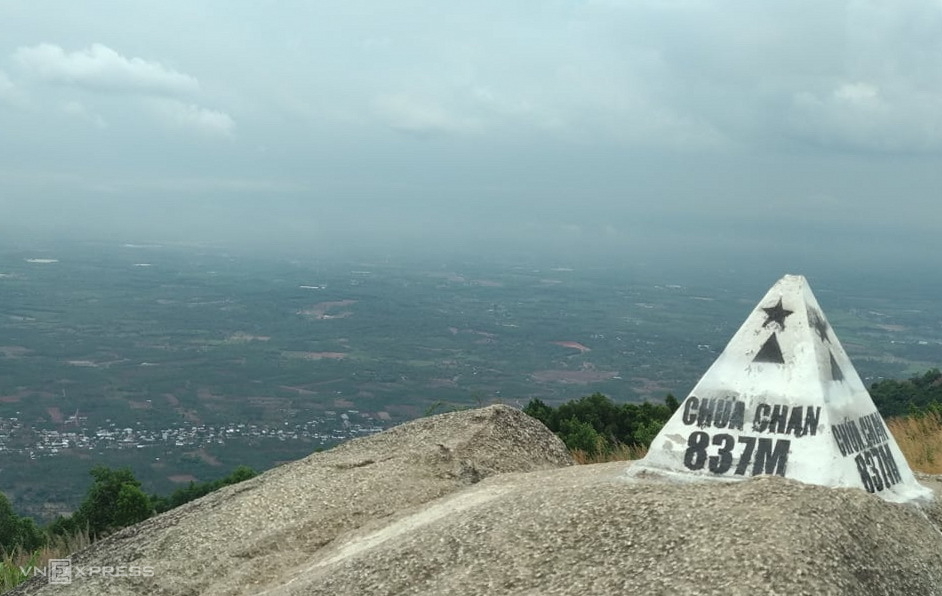
|
|
The peak of Chua Chan Mountain in Dong Nai Province. Image courtesy of VnExpress/Phuoc Tuan. |
Chua Chan Mountain lies farther east in Dong Nai Province and stands as the second tallest mountain in the southern region at 837 meters high. This place is blanketed in verdant foliage and is a popular destination for campers seeking short getaways, especially appealing to Saigon locals who can arrive within about three hours.
Much like Black Virgin Mountain, the primary trail favored by hikers follows a path marked by utility poles, which are helpfully numbered. This allows trekkers to easily gauge their progress as they go uphill and downhill. A regrettable issue shared with Chua Chan—and somewhat less so with Ba Den—is the accumulation of trash in certain sections, notably close to these mountains' summits, where campers appear to have left behind significant debris.
Cat Tien
One of the most well-known national parks in Southern Vietnam, Cat Tien stands out due to its rich diversity of rare animal and plant species found nowhere else. It serves as an excellent destination for those who love exploring natural wonders.
The UNESCO biosphere reserve offers numerous hiking opportunities, which are well-documented in the trail guides available at the park headquarters. Among these, the highly favored routes feature an early morning excursion for gibbon tracking, allowing visitors to trace the loud calls of the smaller ape varieties. Those seeking deeper exploration within the lowland rainforest may also relish capturing photographs alongside towering ancient giants. tung The tree is believed to be over 400 years old, or something distinctive. bang lang A tree featuring six distinct trunks. Visitors can alternatively choose to explore either the Ben Cu Waterfall or the Ta Lai Ethnic Village, both located farther from the park’s central area.
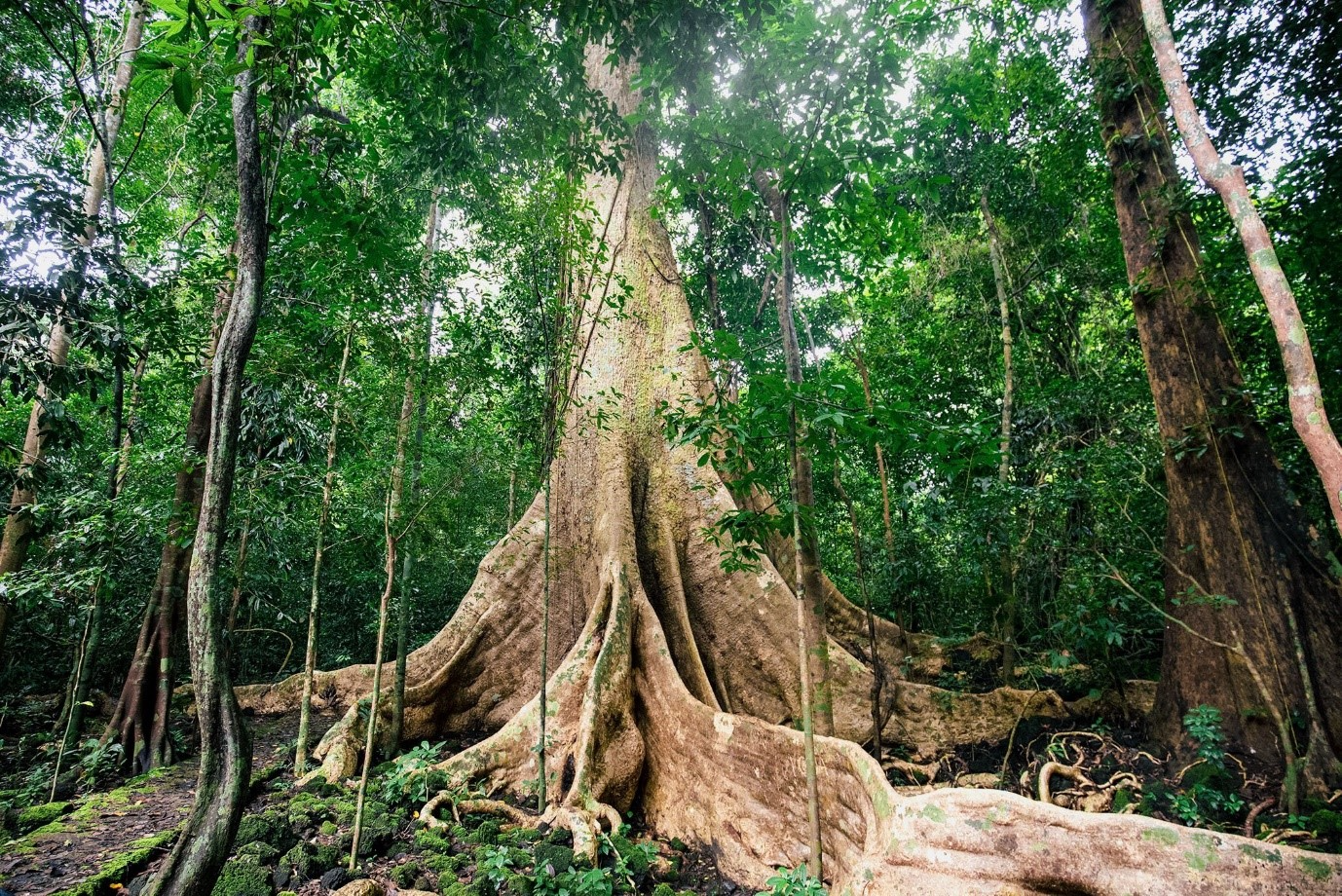
|
|
The massive 400-year-old tung tree located within Cat Tien National Park. The image was supplied to VnExpress. |
Dinh
Just a short distance from Ho Chi Minh City lies Dinh Mountain, an unusual elevated region that stands out amidst the extensive network of river deltas in the Ba Ria-Vung Tau province.
The maintained path serves as a tranquil escape from the urban area and is highly favored during weekends because of its closeness to Ho Chi Minh City. Nearby waterways like Suoi Da and Suoi Tien enhance its appeal; their fresh waters create several natural pools often occupied by residents for swimming and soaking.
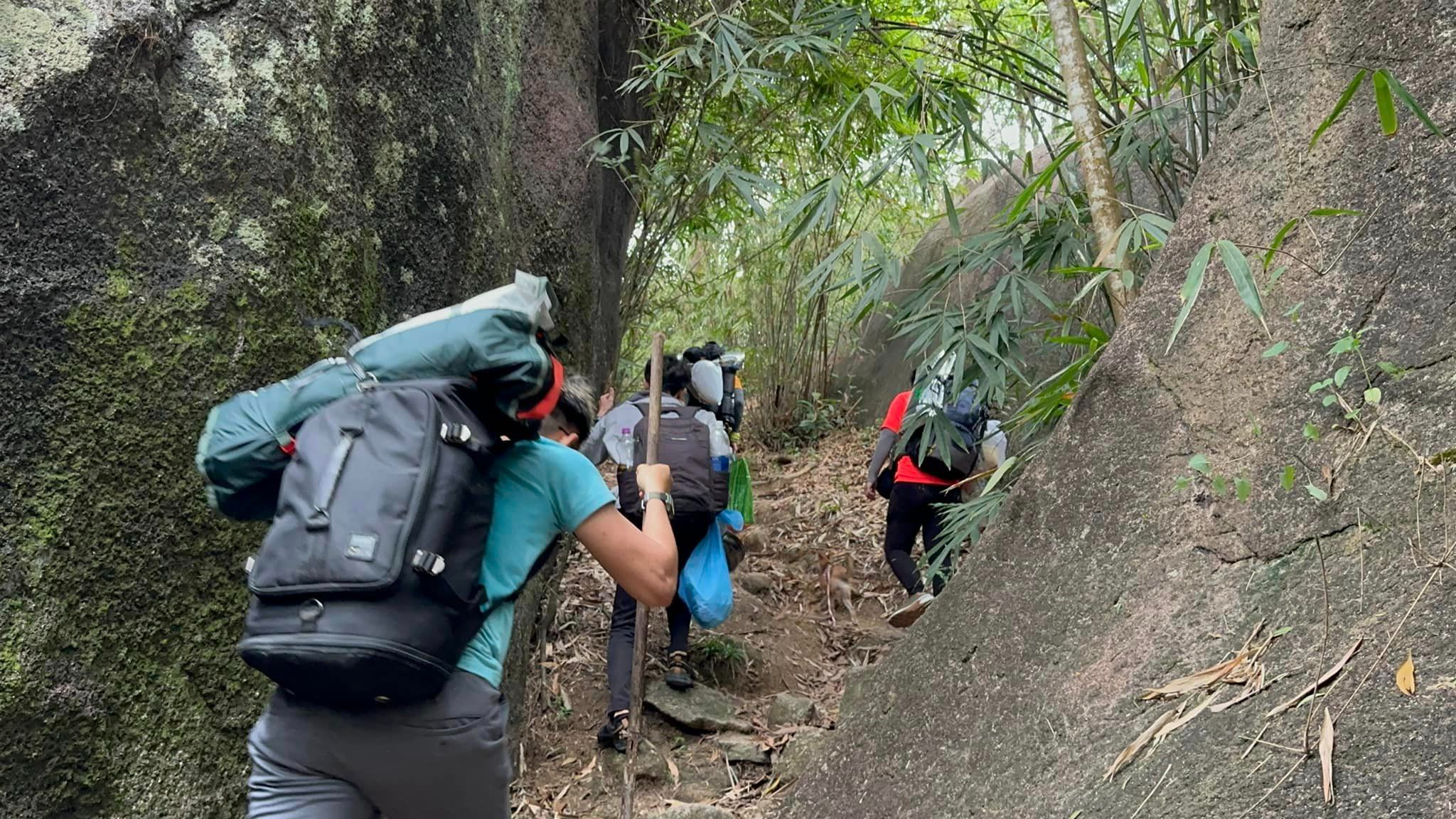
|
|
A team of hikers ascend Dinh Mountain in Ba Ria-Vung Tau. Image captured by Nguyen Duong Tien. |
Buddhist temples nestled within the lush vegetation, combined with the eucalyptus trees lining your path up the mountain, contribute to the tranquil ambiance of the region. However, hikers must remain cautious due to the perilous inclines, especially when rainfall saturates the ground during the wetter months.
Ta Nang - Phan Dung
The trek across multiple provinces begins in Binh Thuan Province’s Tuy Phong District and ends approximately 35 kilometers farther north in Duc Trong District of Lam Dong Province.
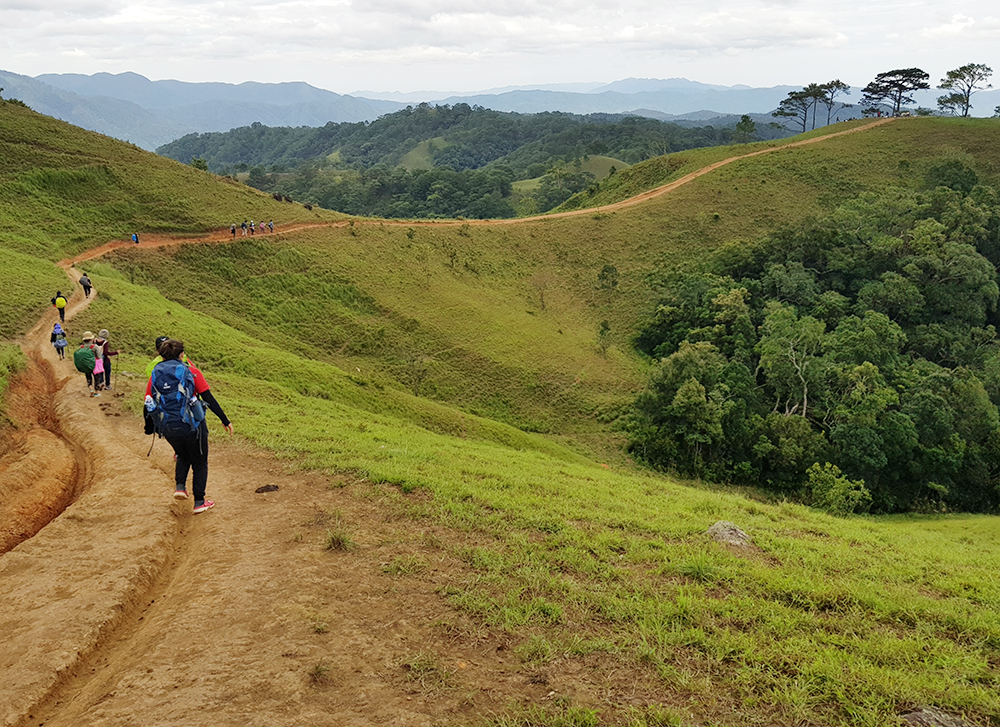
|
|
Hikers on the Ta Nang - Phan Dung trail. Photo by Nguyen Sy Duc. |
This route offers an breathtaking experience with expansive vistas of woodlands, slopes, and waterways. Despite the spectacular landscape, the track may prove challenging, wet, incline-heavy, and frequently slick, particularly following rainfall.
In contrast to the aforementioned trails, having a guide is crucial when exploring these isolated regions due to potential hazards and difficult navigation. Even though the journey may pose difficulties, venturing into unspoiled wilderness offers an enriching expedition for adventurous souls. This path usually spans from two to three days based on your walking speed and frequency of breaks; nevertheless, taking this time to embrace a more relaxed lifestyle while observing the traditional dwellings of communities such as the K’ho and Churu adds distinct cultural richness amid natural beauty.

Posting Komentar